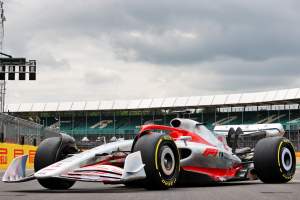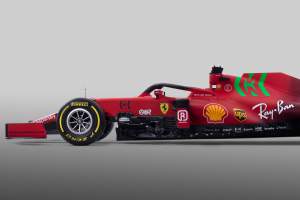Up Next

McLaren is building its 2022 Formula 1 car in a “fundamentally different way” by being as “late as possible and as lean on stock as we can be”.
F1’s overhaul of its technical regulations poses a big challenge to all 10 teams and this is also the first time all-new cars have been developed and built under a budget cap, as many elements of last year’s cars were rolled over from 2020 because of the COVID-19 pandemic.
To meet the demands of these new conditions and balance its production programme through the year as effectively as possible, McLaren has changed its approach to the car build.
McLaren operations director Piers Thynne, who is part of the three-person management team under team principal Andreas Seidl, says “the layout of the programme is fundamentally different for the ’36 compared to previous cars”.
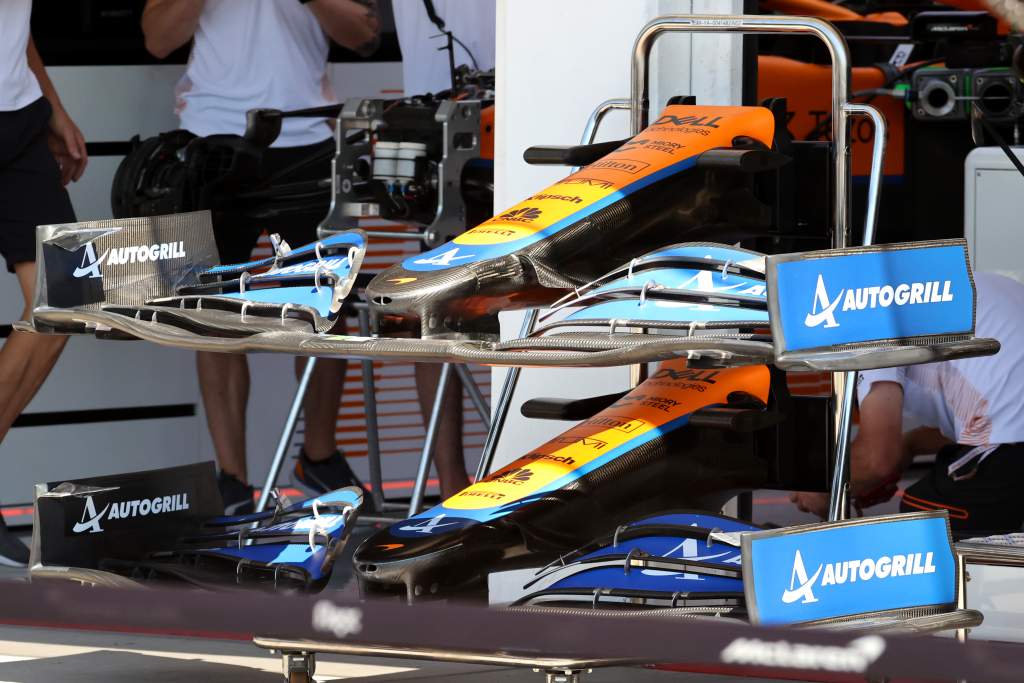
“We are very keen to be as late as possible and as lean on stock as we can be, to ensure there is opportunity to deliver upgrades in sync for race one,” Thynne said.
The emphasis is on managing cost and capacity, so McLaren has the funds and the flexibility to produce upgrades while the development rate of the new car is at its highest.
Thynne, speaking in an interview on McLaren’s website, said: “We’re manufacturing fewer parts. That, again, is a cultural shift, but it will allow greater flexibility to consider upgrades.
“It’s a difficult trade to make but we will have smaller quantities of parts available for the ’36 than we had for the ’35M, to have room in the budget to deliver more performance.
“We’re not going to ever have too few parts to run the cars, we’ll always protect that, but where in the past we would have made five or six parts, we’re dropping to five; where it was four or five, we’re dropping to four.
“Where there are multiple set-up options of a part to fit, we’re considering rationing how those choices are made, collaborating with the race engineers to make sure we’re providing the choices they will want to use, rather than the choices they might want to use, because every pound counts and we’ve got to make sure we’re spending wisely.
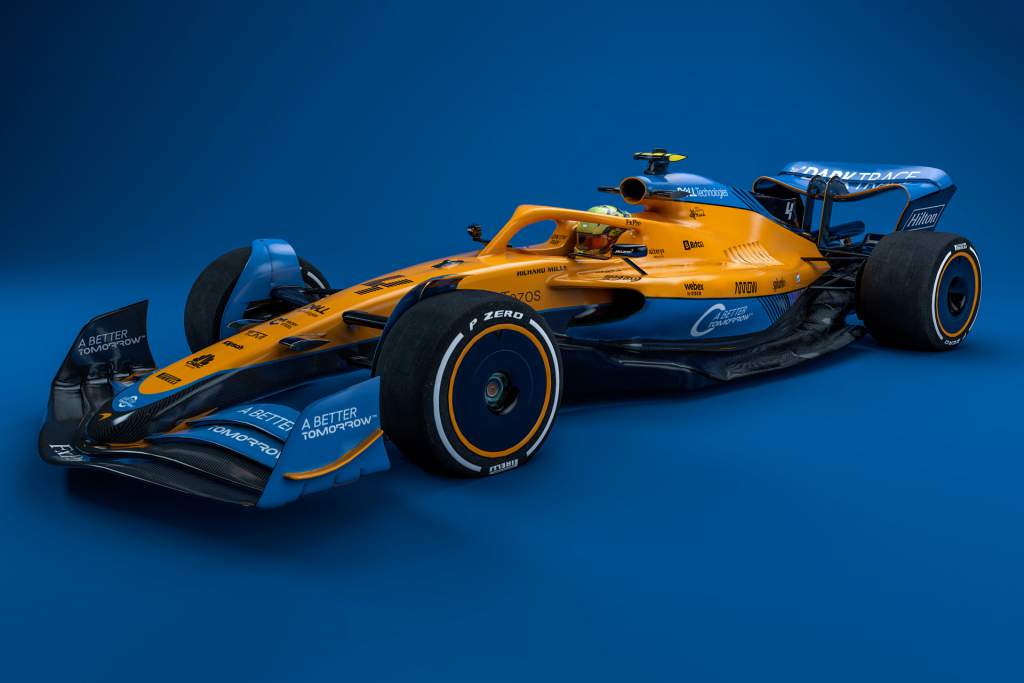
“We know performance at race one is critical, and we’ll be delivering an upgrade package to that event, but we expect much more to follow.
“One of the reasons we’re being lean on stock is that we know we want to evolve the car. There are no prizes for having six floors and six front wings at the first race.
“We’ll be taking some subtly different approaches this year to make sure production capacity is available and can respond to aerodynamic evolution. That will be key to success this year.”
McLaren has tried to improve its staff’s understanding of what things cost and maximise collaboration so that parts are evaluated at the concept stages in such a way so that only essential components are being manufactured or that known issues have been corrected.
Essentially it is tuning the way it approaches the development and production process so that every manufacturing decision can be justified.
As COVID-19 restrictions ease, McLaren has also been able to change its shift philosophy away from the split-shift system that was in use for the 2021 MCL35M, where the day and night shift was not allowed to physically see each other.
The vaccination programme allowed McLaren to alter this in mid-2021 and so the shifts have been allowed to cross over in building the MCL36.
“Production flow in a 24-hour cycle is imperative to what we do,” said Thynne.
“Having the day shift run into the night shift, with a discussion of any issues and a decent handover is important.”
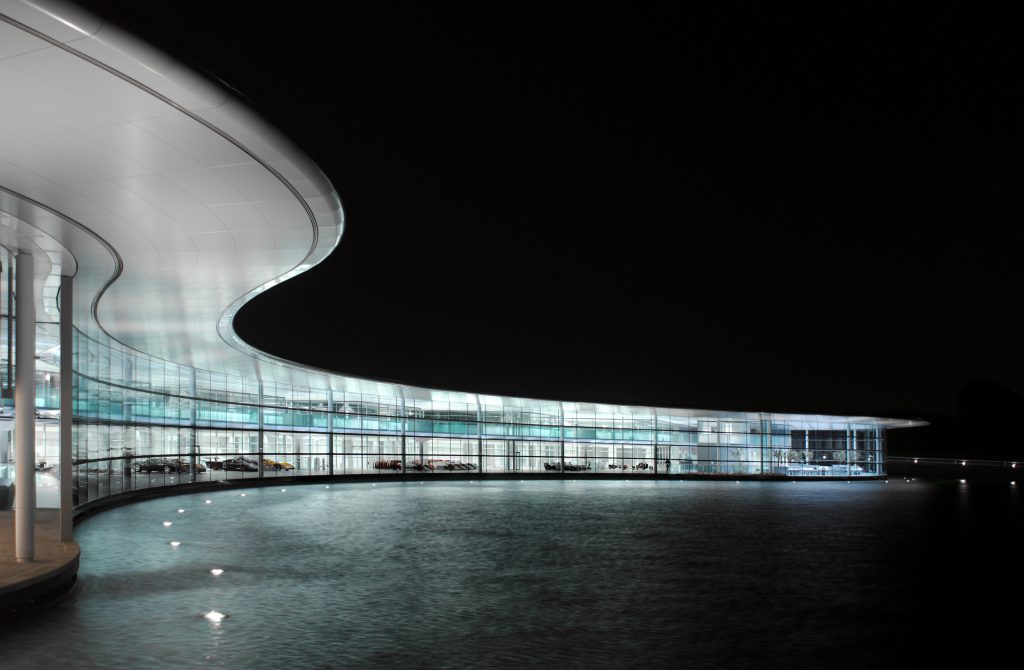
Several teams are understood to have had issues while building their 2022 cars including various failed crash tests.
There are only three weeks until the first three-day test at Barcelona, while McLaren will be among the first teams to publicly unveil its car with a launch of February 11.
The time is being felt in different ways, as while McLaren’s materials bill is similar to previous years, the production team is “running hotter with a little over 20% more work” across the factory and supply chain.
“The product is of similar complexity but all of it is new: there are very, very few bits of carryover,” said Thynne.
“Most years we would be using, or at least modifying, parts from the previous car, but that’s not the case with the MCL36.
“It’s all new and obviously, that puts significant pressure on our resources, and strain on our supply chain as well. We’re feeling a little indigestion in some of our key projects!
“Building the MCL36 to the new regulations is a significant burden, but it is perhaps more the cultural change of doing some things in a different way.”




